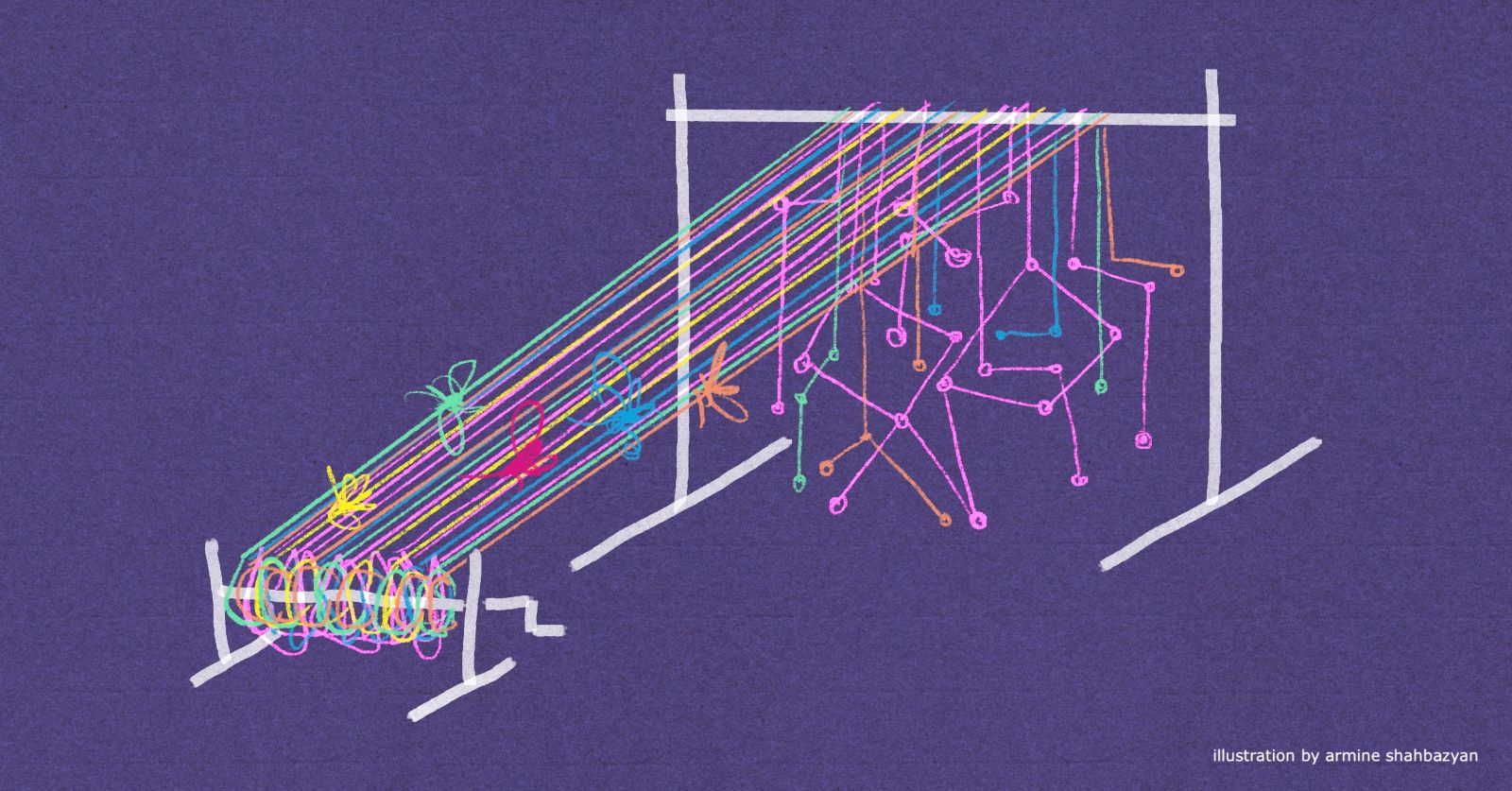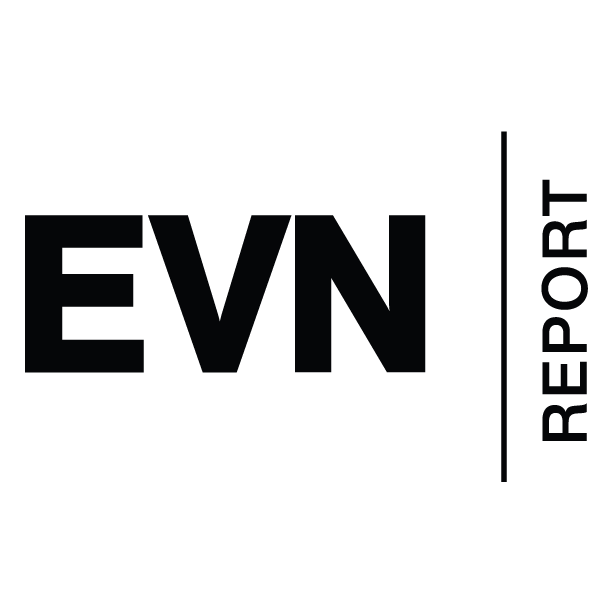
Listen to the article.
Debates over the government’s actions in science, technology and innovation have recently gained momentum, as more people realize the importance of good policy making. However, the prevailing public discourse often relies on clichéd assumptions (which I call “stereotypes” in this article) that, directly or indirectly, intentionally or not, influence the government’s actions and lead them towards less favorable outcomes.
The problem with these stereotypes is that while they may hold true under specific conditions, those conditions are rarely present. Each assumption depends on certain prerequisites, such as aligned institutional frameworks, comparable ecosystem maturity, or shared development goals, which are often missing. When these contextual factors are overlooked, resulting actions can be misguided or ineffective. It’s therefore essential to recognize the limits of such generalizations and approach them with critical awareness.
Below I present five stereotypes commonly encountered in public discourse and explore how they distort both formal policymaking and broader strategic decision-making within the innovation ecosystem, including by NGOs, foundations, and other actors shaping the field through programs, projects, and initiatives.
1. Investing in science and R&D leads to innovation
One of the most common stereotypes about innovation is the belief that “real innovation” comes from groundbreaking technological discoveries. This thinking, shaped by decades of media narratives from developed countries, creates the subconscious assumption among the Armenian public that only such breakthroughs can drive the country’s growth. Stories of radical innovations, corporate R&D success, and disruptive technologies dominate the discourse, reinforcing the idea that innovation is synonymous with scientific advancement.
While R&D-driven technological progress has revolutionized industries and fueled economic growth, this view overshadows a more prevalent and accessible source of innovation. In reality, innovation extends far beyond high-end scientific research, patents, and sophisticated R&D. It often takes the form of incremental improvements—refined processes, upgraded business models, and strategic imitation of existing products or services. More importantly, these types of innovation are particularly relevant for small developing countries like Armenia, where firms typically lack resources for high-end scientific research. Instead, market disruptions come from adaptation and imitation, which rely on strong managerial practices, the ability to identify and adapt relevant technologies, reverse engineering, problem-solving, and modern production processes.
The challenge with this stereotype is that focusing exclusively on a handful of firms capable of high-tech or science-based innovation risks overlooking broader economic opportunities. In Armenia’s context, firms rarely begin with world-leading innovation capabilities. Instead, they develop them over time—learning through trial and error, refining their operations, and leveraging simpler yet effective forms of innovation. Recognizing this reality is crucial for designing policies and public actions that foster a more inclusive and dynamic innovation ecosystem rather than one that revolves around a few elite players.
2. Building the infrastructure makes innovation happen
When discussing innovation promotion, there is a growing tendency to view science parks, technology transfer offices, incubators, and other innovation-related infrastructure as the key to fostering innovation. This approach stems from the misconception that innovation is born primarily in high-tech facilities—modern labs, research centers and specialized hubs—rather than in a broader ecosystem of interactions and incentives.
However, much like the previous stereotype, this thinking misses the bigger picture and often leads governments and other ecosystem actors astray. Hard infrastructure alone does not create innovation; without the right complementary factors, these spaces risk becoming nothing more than buildings. A technology transfer office, for instance, will do little to drive real innovation without strong intellectual property protections, proper research incentives, or mechanisms to support applied, commercially viable innovation.
Instead, the focus should be on fostering a dynamic environment where knowledge flows freely, collaboration thrives, and businesses can experiment and grow. Infrastructure should serve as a facilitator and amplifier of these processes, not as a substitute for them.
3. What worked elsewhere will work here too
For many years, the prevailing sentiment has been to “replicate Silicon Valley” or mimic the successful policies of innovation leaders like Israel, Ireland, or Taiwan. While these aspirations are well-intentioned, they create a misleading perception that following these models is the only way to become an innovative country. This approach not only prevents Armenia from developing its own growth formula but also leads to frustration when copied interventions fail, draining motivation for future initiatives.
This is not to say that learning from successful examples is unimportant; on the contrary, it is essential. The problem arises when policies are simply duplicated without considering local realities. There are two key reasons why this approach often fails. First, benchmarks are frequently drawn from fundamentally different contexts, often from developed countries with well-established institutions. Even when comparisons are made with more similar economies, there is little recognition that their institutions have evolved organically, shaped by local conditions. Second, solutions are often applied without thoroughly analyzing the underlying problems they were designed to address. This lack of careful adaptation increases the risk of poorly designed interventions that do not produce meaningful results.
4. The local market is small. Think global.
This stereotype is especially common in entrepreneurial and startup circles. On the surface, it makes sense—Armenian startups have better chances of scaling by entering global markets rather than relying on the country’s small local market. This belief is reinforced by a handful of successful Armenian tech companies that have gained traction in the U.S., Europe, or other international markets. However, these cases are the exception, not the norm. We often hear about their successes, but rarely the challenges they faced, the losses they incurred, or the difficulties of navigating unknown markets.
For a business to succeed, it must deeply understand its customers and their needs in order to offer a relevant and competitive solution. Entering global markets requires not only a product-market fit but also knowledge of consumer behavior, competition and operational challenges—factors that are complex even for generic consumer goods that might appear universally applicable. In reality, the best way to develop this understanding is by solving problems that founders are already familiar with, which typically come from their local markets.
This is not about choosing between “starting local” or “going global.” Some businesses, especially in digital tech, may not have a viable market in Armenia at all. For example, a B2B AI software company or a specialized SaaS product might have no relevant customers locally, making a global-first approach more reasonable. The real issue is the overestimation of global expansion at the expense of addressing pressing local challenges. Entrepreneurs should focus on solving real consumer problems, many of which are more immediate and visible locally, instead of chasing international markets from the outset. The prevailing belief that Armenian startups must prioritize global markets risks limiting opportunities rather than creating them, as it often distracts from addressing real local challenges.
5. We had a strong scientific foundation in Soviet times, so we should build on it.
Armenia’s Soviet-era scientific heritage is undeniable. However, constantly romanticizing it risks creating misplaced priorities and hindering the development of a modern, globally competitive innovation ecosystem. By repeatedly referencing a system that once existed, we risk reinforcing outdated approaches rather than fostering forward-looking reforms.
While Soviet Armenia produced world-class research in fields like physics, engineering, and mathematics, its scientific system operated on principles that contradict those of modern innovation-driven economies. It was highly centralized, state-funded, largely isolated within closed institutions, and designed primarily to serve the strategic goals of the Soviet Union. This system lacked key mechanisms such as commercialization pathways, industry collaboration, and entrepreneurial innovation—all critical components in today’s knowledge economies, where research translates into competitive, market-driven products and services.
Frequent references to Soviet-era achievements create a false sense of direction for both the public and policymakers. Instead of drawing lessons from modern innovation ecosystems, decision-makers risk unconsciously prioritizing top-down, research-heavy approaches while neglecting industry partnerships, market-driven R&D, and private sector engagement. Moving beyond nostalgia toward a system that actively encourages collaboration, entrepreneurship, and applied innovation is the only way to align Armenia’s scientific potential with modern global realities.
Conclusion
Public discourse plays a powerful role in shaping how we think as a society—and, through many channels, it influences the kind of country we end up building. That’s why it’s worth paying attention to the ideas we hear most often, especially when they turn into unquestioned truths or widely accepted stereotypes.
This article doesn’t claim to judge which narratives are right or wrong. Instead, it aims to show how adhering too rigidly to them, without reflection or adaptation, can quietly close off other, potentially more valuable, ways forward. When we constantly view innovation and development through these familiar lenses, we risk missing out on approaches that might better serve us.
Revisiting these dominant ideas, or simply looking at things from a fresh perspective, can help send “stronger” signals, not just to policymakers, but to everyone who plays a role in shaping Armenia’s future.
Also see
Armenia’s Innovation Paradox
Leigha Schjelderup’s thesis explores Armenia’s innovation paradox: extraordinary tech talent and diaspora support coexisting with weak institutions and performative policies. Focusing on the AI sector, she reveals how overcoming fragmentation is key to transforming isolated successes into systemic progress.
Read more[Tech Matters]
Column
Riding the AI Juggernaut
Artificial Intelligence is evolving at breakneck speed, reshaping industries and accelerating innovation. Raffi Kassarjian explores the exponential growth in data, algorithms and processing power, highlighting how Armenia is carving out a meaningful place in the global AI value chain.
Read moreInvesting in the “Software” of Innovation
Silicon Valley’s success is driven by a combination of talent, capital and culture. Raffi Kassarjian explains how Armenia can apply these principles to boost its own tech ecosystem, highlighting local strengths, growing investment and the importance of global connections.
Read moreThe Coming Age of Artificial Intelligence: Challenge or Opportunity for Armenian Tech?
As AI reshapes industries worldwide, Raffi Kassarjian explores its implications for Armenia’s tech sector. From algorithmic bias to AI-assisted development, he examines how local firms can adapt, innovate and compete in a rapidly evolving global landscape.
Read moreArmenian Tech 2024 Wrap-up: Positioning for the Next Wave of Growth
Armenia’s tech sector closed 2024 with notable achievements, from ServiceTitan’s $10 billion IPO to SuperAnnotate’s $36 million Series B funding. Government initiatives like the Starlink rollout and tech-sector incentives, coupled with diaspora collaboration, signal a transformative year positioning Armenian tech for global growth in 2025 and beyond.
Read moreSee all [Tech Matters] articles here






